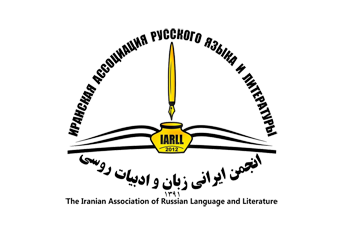THE IMAGE OF THE CITY IN THE PROSE OF D. DANILOV (THE NOVELS “DESCRIPTION OF THE CITY” AND “SASHA, HELLO!”)
DOI:
https://doi.org/10.61186/iarll.23.11Keywords:
Dmitry Danilov, City, Space, Observation, VisualityAbstract
The article analyzes the ways of creating the image of city in the prose of D. Danilov. It is noted that the narrator plays a major role in the unfolding of the text, who also acquires the role of an observer. The function of observation in its turn actualizes the visual aspect of the text. Thanks to this, the representation of the city as a space turns out to be connected with the act of observation itself, which not only reduces the city to a set of visual images, but also constructs a specific montage of them. At the same time, observation itself takes the form of “naïve” fixation of typical images and details, which emphasizes attention to ordinary, banal images. Thanks to this, the city in the analyzed works by D. Danilov is deprived of its definiteness associated with a specific name. The city is shown as a conventional space, at the same time filled with details characterized by concreteness. This allows the novelist to include the reader in the unfolding of the image of the city not only through an interactive game, consisting in attempts to guess the city itself, but also through the actualization of the reader's experience of living in the spaces of his own city.
Extended abstract:
The aim of this article is to analyze how D. Danilov creates the image of the city in his prose. It is assumed that through the hero-narrator, the writer creates a unique visible and observable space that is both familiar and abstract. This study is novel because it is the first to analyze the ways in which D. Danilov organizes space in his prose. The article emphasizes that the writer considers his text to be a space for experimentation. The novelist presents the city as an ordinary, average object, and the narrator plays a significant role in constructing the urban space. The characters in the novels find themselves in opposition to the spaces they encounter. The observer becomes an "observation machine" that provides a certain distance between the described space and the protagonist. The city becomes a set of images that appear ordinary and averaged. The observation of the representation of the city as a space is connected to the act of observation itself, which reduces the city to a set of visual images and constructs a specific montage of them. The role of the hero-observer turns into that of a flâneur, and observation takes on a "naïve" fixation on typical images and details, emphasizing attention to ordinary, banal images. This replaces tourist places with ordinary places, and a special "myopic" gaze turns any new space into a "common place." Therefore, in D. Danilov's works, the city is deprived of its definiteness associated with a specific name and shown as a conventional space filled with concrete details. In the novel "Description of the City," the city is not named, and in "Sasha, Hello!" the described spaces are difficult to localize. The city is shown as a conventional space structured of "non-places" devoid of narrative potential but filled with concrete details. This allows the novelist to include the reader in the unfolding of the image of the city not only through an interactive game of guessing the city but also through the actualization of the reader's experience of living in their own city spaces.
Downloads
Published
How to Cite
Issue
Section
License
Copyright (c) 2024 Issledovatel'skiy Zhurnal Russkogo Yazyka I Literatury

This work is licensed under a Creative Commons Attribution 4.0 International License.
![]()
"Creative Commons Attribution 4.0 International (CC-BY 4.0)"


